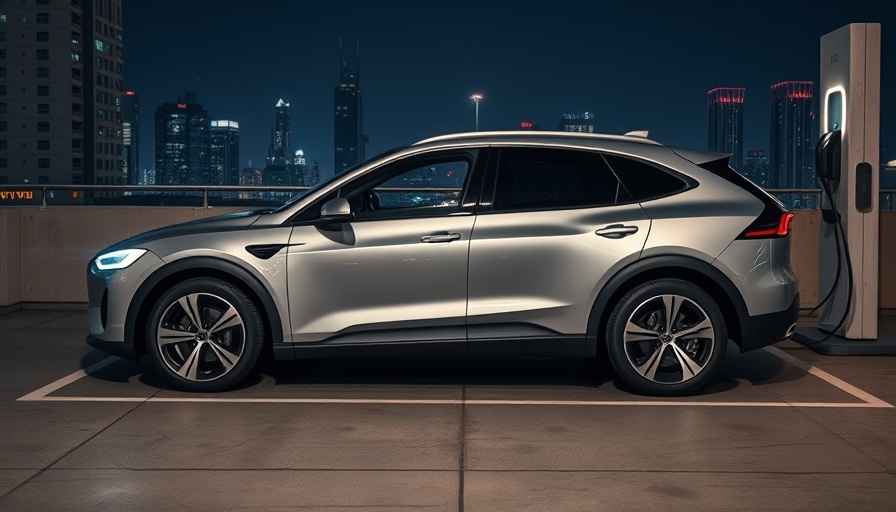
Understanding Uninsured Drivers: What's at Stake?
Every day, drivers hit the roads anxious for a safe commute, but unfortunately, many do not have valid insurance. If you're hit by an uninsured driver, the ripple effects can be considerable, impacting your finances and overall recovery process. Being aware of your rights and taking proactive measures can help mitigate some of these issues.
What to Do Immediately After the Accident
Your immediate actions following an accident are crucial. Here’s how to protect yourself:
- Ensure Safety and Call for Help: First and foremost, check for injuries. If anyone needs medical assistance, dial 911 without delay. Do not assume that minor injuries will stay that way; adrenaline can mask pain.
- Document Everything: Collect evidence at the scene. This includes photos of all vehicles involved, documenting license plates, road conditions, and any injuries.
- Gather Contact Information: It's important to get the other driver’s full name, license number, and any insurance details they may have.
- Secure Witness Statements: If there were witnesses, take their contact information and any statements they can provide.
- File a Police Report: Always file a report, even for minor accidents. This official documentation will be vital when assessing liability.
How Uninsured Drivers Change the Game
Once it’s verified that the other driver is uninsured, your recovery strategy will likely shift. Typically, you would file a claim with their insurer, but without insurance, you may need to tap into your own coverage, such as:
- Uninsured Motorist Coverage: If you have this optional insurance, it can protect you against losses. It’s worth checking with your insurance provider to understand what’s covered.
- Collision Coverage: This part of your auto policy can help pay for repairs to your vehicle, depending on your deductible.
Financial Implications of Being Hit by an Uninsured Driver
An accident with an uninsured driver can lead to significant out-of-pocket expenses, including medical bills, car repairs, and potential lost wages. Surprisingly, many people are unaware of how their own auto policies work when confronted with an uninsured driver, which can lead to financial strain. Keeping detailed records of all expenses and communications will create a clear path to seeking reimbursement.
The Importance of Automotive Insurance Knowledge
Being informed about auto insurance is key to navigating accidents with uninsured drivers. Understanding how various coverages, like liability and uninsured motorist provisions, protects you is critical. Educating yourself will ensure you know what you're entitled to and can streamline your recovery efforts. Furthermore, you may want to explore
- Automotive Insurance Insider Tips: Find reliable resources or consult with financial advisors about the most beneficial insurance policies.
- Car Maintenance Insider Tips: Keeping up with your vehicle’s maintenance can minimize risks of accidents in the first place.
Future Predictions and Insights
As traffic laws evolve and insurance policies adapt, the landscape of auto insurance is shifting. There are moves towards mandatory insurance checks during vehicle registration and potential penalties designed to reduce the number of uninsured drivers. Staying tuned to these changes can empower drivers to advocate for protective policies that assist all drivers on the road.
Conclusion: Navigating the Aftermath
While being involved in an accident with an uninsured driver is undoubtedly challenging, knowing your rights and available insurance options can provide peace of mind. Document everything, communicate with your insurer, and stay proactive in understanding your coverage to ensure you’re not left bearing the financial burden. Always prioritize safety and seek professional advice whenever necessary.
 Add Row
Add Row  Add
Add 




 Add Row
Add Row  Add
Add 

Write A Comment